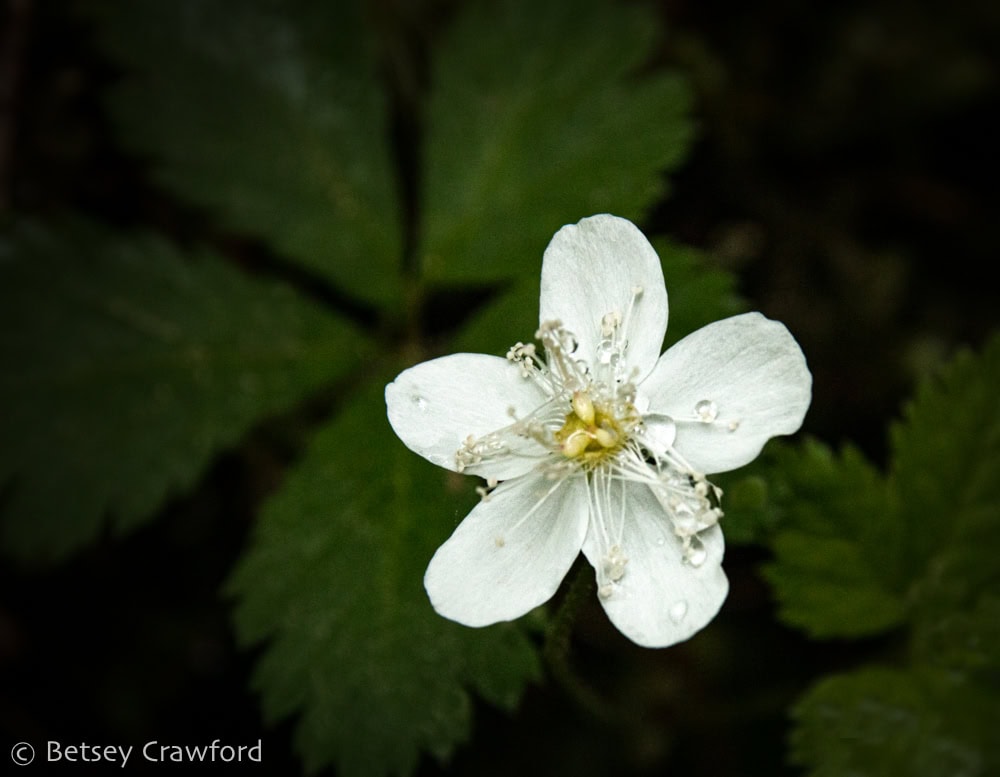
One challenge we face worldwide is that we need big solutions to big problems and need to implement them quickly. Crucial economic and social foundations of our culture need to change. Which is frightening, and we get understandably resistant. We want the overall structure to stay the same, or close, even when we can clearly see that things aren’t working. The stable and the familiar are comforting. We want homeostasis.
Interestingly enough, so does the cosmos. That’s why homeostasis is one of cosmologist Brian Swimme’s powers of the universe that I have been exploring. Without it, I wouldn’t be sitting here writing this, and you wouldn’t be sitting there reading it.
Every second of every single day, the bodies of every animal on earth are held in one form of homeostasis or another. Blood pressure and pH. Heartbeat. The rhythm of inhalation and exhalation. Body temperature. There is never a moment when such forces aren’t quietly holding us in an evolutionarily stable place.

Plants are engines of homeostasis: water levels, photosynthesis, interconnections with soil microbes and pollinators. Ecosystems are, as well. The interrelations of plants, dirt, fungi, microbes, roots, leaves, water, sunlight, and creatures are all working at keeping the entire system stable.
The photos accompanying this essay are from one such teeming ecosystem, the Hoh Rain Forest in northwestern Washington. Earth itself — its oceans, air currents, shifting plates, soils, waterways, its core — depends on this power. Solar systems and galaxies are all gravitational miracles of ongoing homeostasis.
It doesn’t mean that things don’t change. We also wouldn’t be here if they didn’t. Whatever form of homeostasis existed before it, another homeostatic state succeeded the Big Bang. Then another, and another for 13.7 billion years. Sometimes these states would form the basis for the ones that came after them. Some would disappear altogether. Some lasted billions of years. Most lasted millions.
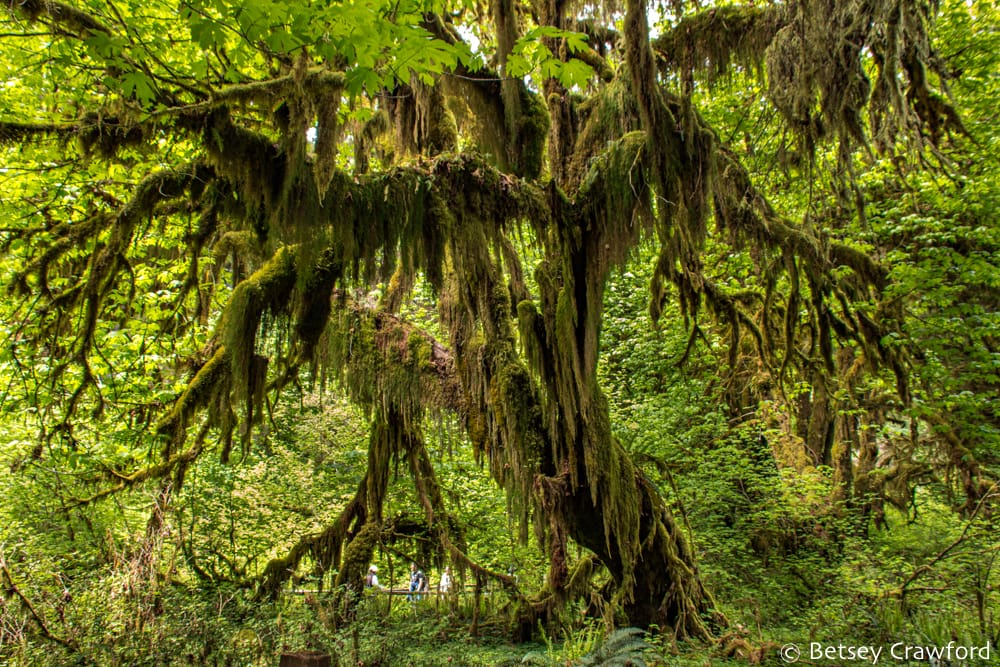
Disrupting homeostasis brings challenges, even cataclysms — illness, ecosystem collapse, volcanic eruptions, earthquakes, climate change. These disrupt homeostasis down the line. A tectonic plate shift can lead to a volcanic eruption. Debris covers the flank of the mountain, destroying both plant and water ecosystems.
Ash flies into the sky, altering the atmosphere’s homeostasis. This can shade sunlight and lower temperatures by blocking heat. As this atmospheric ash falls, it can change the pH of oceans, choke plant life, acidify soil. Volcanism is suspected in all five of the great historical extinctions.
Despite periodic upheavals, Earth’s atmosphere has kept a relatively stable temperature for the last 2.58 million years. The length of the Cenozoic Era. The amount of carbon dioxide has ebbed and flowed as warmer periods gave way to glacial periods in 100,000-year cycles.

This has happened even though the sun has been getting hotter every year since Earth pulled itself together. This adaptation to the sun’s increasing heat is one of homeostasis’s greatest accomplishments. The temperature has been consistent and the changes slow enough to enable a great variety of life to evolve.
The last 12,000 years of the Holocene Epoch have been particularly temperate. It changed the course of human and Earth history as agriculture could reliably take hold planet-wide.
Given geologic and cosmic time, disruptions in homeostasis can bring subsequent leaps in evolutionary creativity. Arguably the most important biochemical process on Earth, photosynthesis, caused one of the greatest homeostatic breakdowns in Earth’s history. When the process filled the atmosphere with toxic oxygen, many of the anaerobic bacteria alive then perished.
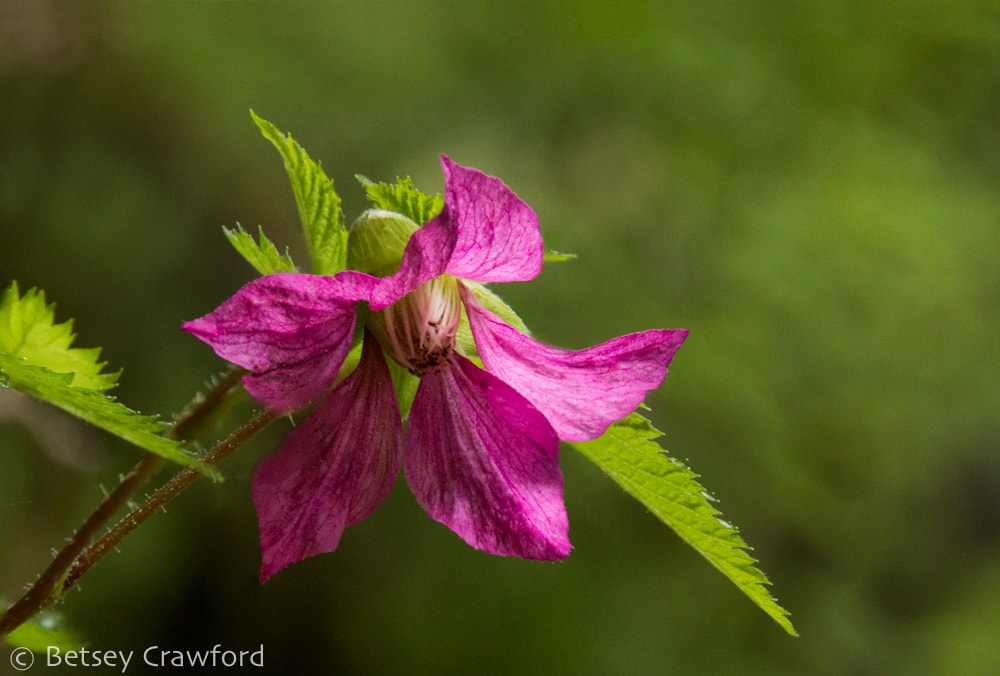
But the species that responded by developing mitochondria to take advantage of the oxygen thrived on this abundant, powerful energy source. A new homeostasis stabilized, which continues to evolve in every living cell today.
It gets complicated when one out-of-whack homeostatic force meets another. The climate crisis we face today is a sudden disruption of the atmospheric state so long maintained in relative balance. Human activities have loaded the atmosphere with too much carbon dioxide, nitrous oxide, and methane, spurring global warming.
Solutions to the emergency this has created require disrupting cultural and economic arrangements we believe we can’t live without. The Earth’s geophysical homeostasis is bumping into our emotional homeostasis.
Unfortunately, we don’t have geological time on our hands. We are going to have to learn to move quickly to adapt ourselves. We need to prioritize the needs of a planet we utterly depend on that is suffering from our behavior. And yet the very power that keeps life stable inspires us to do the opposite of fast change. We want to stick with the familiar.
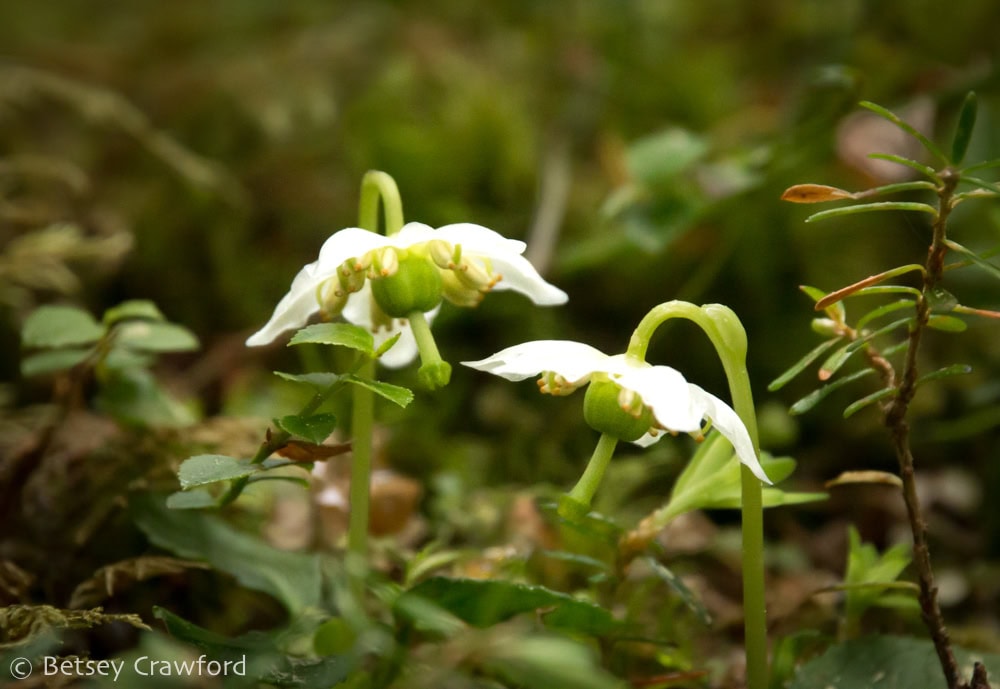
For the changes we need, we turn to more of Brian’s great cosmic energies. Allurement to a better way of being on the planet. The deepening understanding that everything is profoundly interrelated. The uncomfortable but life-enriching power of transformation. Accepting the potentially disastrous power of cataclysm. Trusting in the mutual creativity of emergence to bring to life fresh paths out of the old.
The great dilemma, as Brian points out, is that “the power of homeostasis eliminates the vast majority of novel emergences.” It works to exert “constant vigilance to make sure a disruption will not take down the vitality of the whole.” But now that vitality is threatened.
Our concern, amplified since the start of the industrial era, has been with what Brian calls a subunit — the human experience. By working to maintain homeostasis only for this subunit, “the larger whole that enables this life is dying because of this misplaced allegiance.”

There are manifold challenges here. One is recognizing that we are “involved with a community that is making decisions about the vitality of the whole.” Not just for one species, or one country, or one way of life. Another is overcoming our resistance to emerging ideas. Then, mustering the creative energies to envision and implement the necessary changes. All the time inspiring ourselves to see beyond the limits of our current worldview.
The old standards and battles — socialism! capitalism! GDP! growth! more highways! more weapons! — are exhausting to list. Much less fighting over. It’s time for new visions, not for re-litigating old ones that have clearly failed to take the whole into account. It’s time to put aside our need for emotional homeostasis and allow ourselves to enter a state of creative emergence. The “vitality of the planet requires all the components to flourish.”
In my essays on Brian’s powers of the universe, I celebrate the way these energies are constantly moving through us. And I am certainly delighted to be sitting here with my heart beating on this temperate day, surrounded by blooming life. All of it gifts of homeostasis.
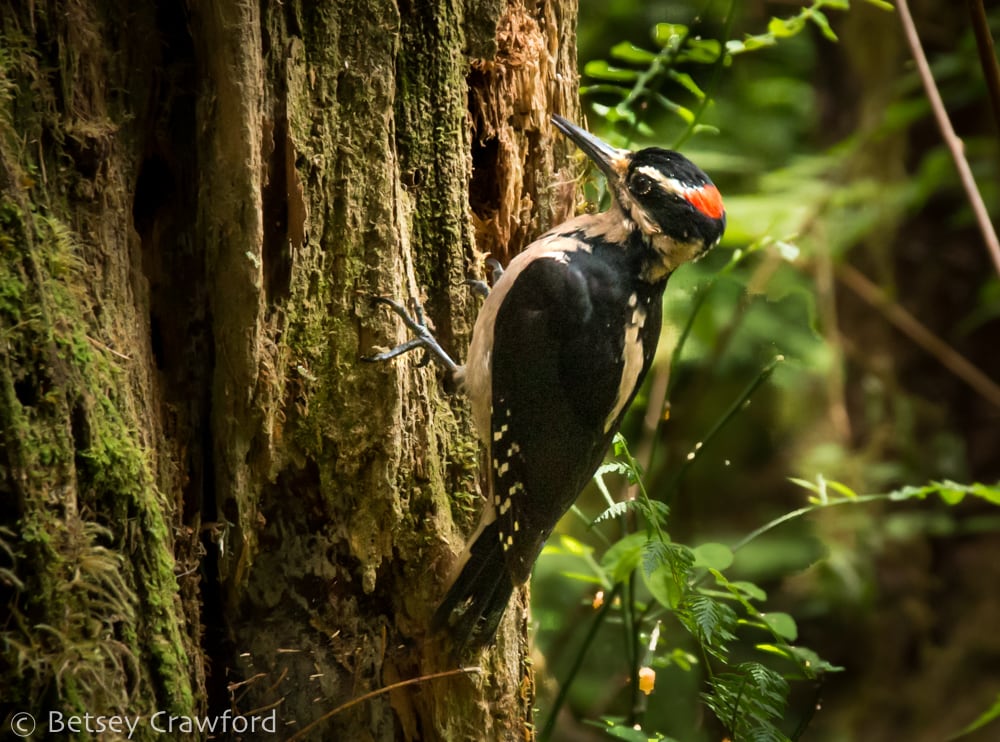
But I see how complicated this power is, both enabling us to thrive and holding us to structures that threaten all thriving. Yet we are capable of caring, sustaining visions of a new way forward. People worldwide created the Earth Charter, for example, with its call and blueprint for a just, sustainable way of participating in life on Earth.
In the abstract, you would think no one would argue with its principles. Like, “Care for the community of life with understanding, compassion, and love.” Or “Promote a culture of tolerance, nonviolence, and peace.” But there are powerful forces that prosper by doing the exact opposite. We go along with them because we live in a culture built for these forces because it’s built by them.
Faced with these challenges, millions and millions of people worldwide are working toward that just and sustainable vision. Who understand, as Brian says, that we arise “from a four billion year process we call the Earth community.” People who are resisting the lure to remain in the familiar state of cultural and emotional homeostasis. Who, willing to embrace and create change, are bringing a renewed evolutionary stability to life on earth.

Top photo: five-leaf dwarf bramble (Rubus pedatus)
~ RELATED POSTS ~

Imagine a river taking her case to court. Arriving in her smooth, flowing robes, reflecting the blue of the sky, a shimmering train brushing the floor as she walks. Her tone holds great authority. It would be impossible to ignore what she says. And we all know exactly what she would say…

The inability to register plants in one’s environment or see the importance of the plant world are two symptoms of plant blindness. The malady is common and dangerous. We won’t save what we don’t see; we can’t cure what we don’t know is afflicting us.
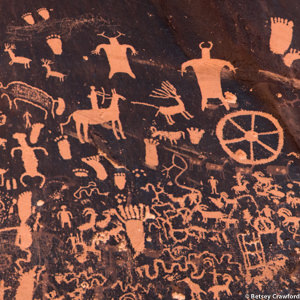
The Utah desert sky is a blue so incandescent it could easily burst into flames any moment and start raining stone tablets. As it apparently has been doing for eons. They have our history on them. And they tell us how to live on the planet we share with them.
Thanks so much, Betsey! Your reflection on homeostasis fills me with hope and the reality that as the major cause of the extinction event that is underway, humans must step up in ways never demanded before. I have to be the change our Earth needs now!
Gratefully, Lin
Thank you, Lin. Yes, we need to enter these energies, as uncomfortable as they can often be. I’m glad to add to your inspiration.
Homeostasis. You and Brian nail it. And you give his vision, for me. meaning. The elusive dynamic difficult to grasp that spins us into the global dismay millions of us share and you express in your question: who would argue with a principle of caring for the community of life that supports us? Thanks for offering the suggestion that we can find an answer by looking at it cosmologically. It is difficult, to be sure. Complex. Contradictory. Difficult to grasp — but the margins of understanding creep in gradually. And so beautifully. Perfect foil of incredible photos in the journey. Thank you. KB
Thank you so much, Karen. These energies pose an interesting challenge as they both move us along and ask of us to free ourselves to participate.
Betsey,
Thank you for your passionate proclamation. You are an astute observer of life in all its forms and complexities.
I love your line “ever since Earth pulled itself together” and your call for us to see our kin as all of Earth and to pull ourselves together!
And what of human resistance? Fear, guilt, grief, and shame create defenses: Denial, projection, numbing, splitting… to name a few. What is required for resistance to yield? I usually start with some measure of compassion toward the need for these defenses. Joining with them so to speak. Not tugging too hard on them, which too often just makes them more intractable.
The Earth Charter, Brian’s powers of the universe, allurements, your essays: all containers and incubators of new creations and understanding.
You are a critical thinker and a powerful writer and the world evolves because of your Being.
Thank you.
Lisa
Wow, Lisa! Thank you for your kind and supportive response and for your insights into the challenges of dealing with our own and others’ resistance.
Thank you Betsy for writing on behalf of myself and I imagine so many of us who are not quite so eloquent. Wonder-ful!
Thank you so much, Heather!
Betsey, once again you have nailed it! Thank you so much for your very lucid and compelling writing, punctuated with the singing earth through your remarkable photos. I love your exploration of homeostasis… What is the opposite of the very alive quality of subtly fluctuating homeostasis? Resistance? Entrenchment? Contraction into fear and self-preservation? This essay highlights our capacity as a human community to engage in visionary ventures, like the Earth Charter… and many more that do not make it to the newspaper headlines. And allurement…. Yes! To let ourselves be lured out of our complacency, our stagnant thoughts and feelings (which are definitely not homeostasis!), and our addictions…. so many, gross and subtle, that it is hard to name them all! Thank you for this, and your ongoing dedication to the Soul of the Earth!
Thank you, Andrea. I deeply. appreciate your thoughtful response. So much to think about!